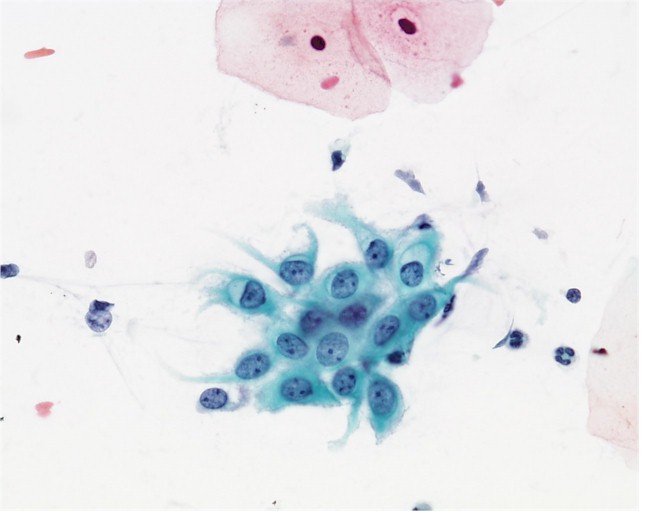|
Reactive Changes |
 Repair |
Changes in the skin cells of the cervix which suggest that a healing process is underway or that the cervix is reacting to the presence of a virus or bacteria. While these changes are not dangerous, their presence often provokes gynecologists to repeat the Pap smear at a sooner-than-expected time (such as 6 months, rather than 1 year after the previous Pap). The reasons for this increased surveillance are:
Other gynecologists feel that in a patient with previously normal Pap smears, the first appearance of reactive/reparative changes is not cause for alarm and they will repeat the Pap at the next annual examination. They reason that should there be an underlying dysplastic process, the progression of Dysplasia is usually so slow that there is no particular advantage to repeating the smear sooner than the annual exam. |